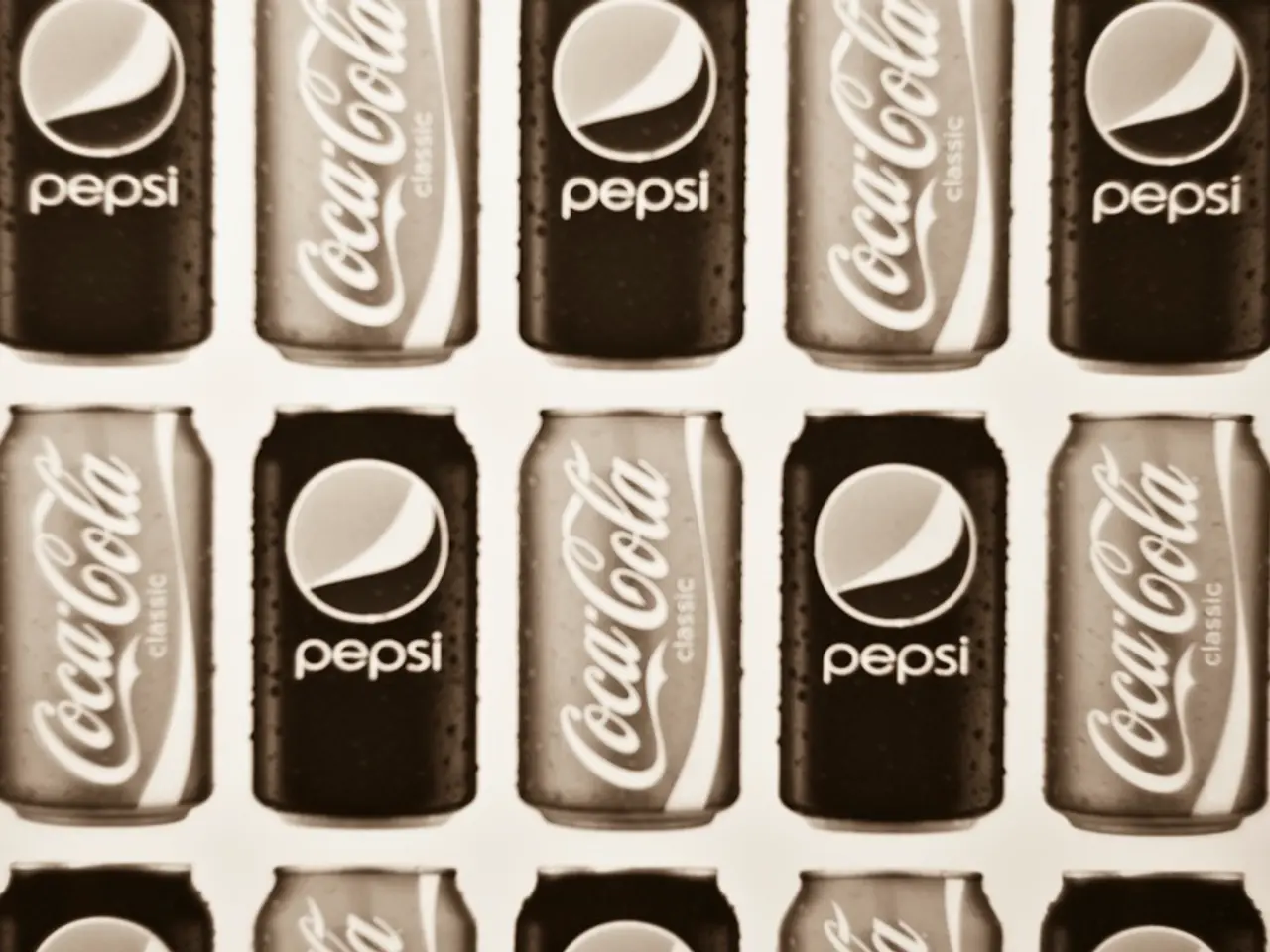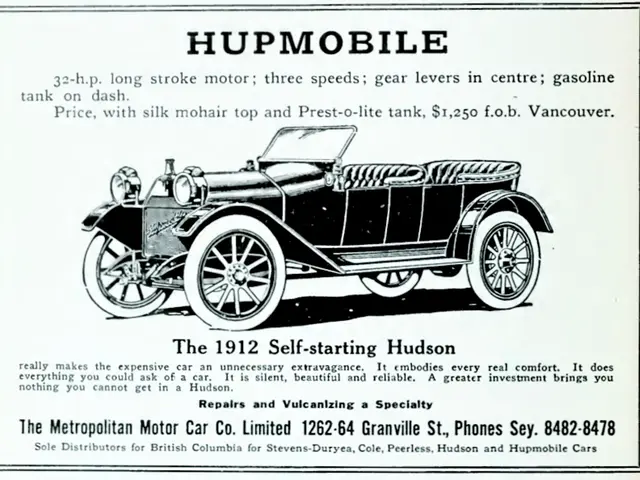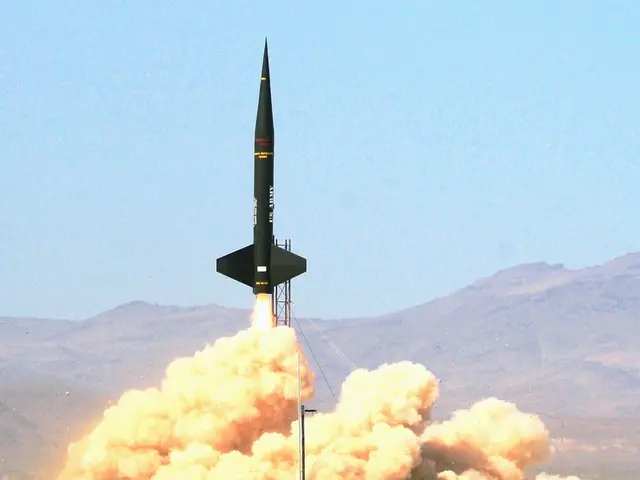Disclosing the Mysteries: The Process Behind Pepsi's Can Production Unveiled
In the heart of modern factories, the production of a classic beverage like Pepsi is a marvel of engineering and precision. From the creation of the iconic syrup to the final sealing of the can, every step is carefully orchestrated to deliver a consistent taste and quality.
The heart of Pepsi syrup is a proprietary blend of ingredients, including high fructose corn syrup (or sugar in some regions), caramel color, phosphoric acid, caffeine, citric acid, and natural flavorings. The flavorings often involve a blend of citrus oils (from orange, lemon, lime peels), vanilla, cinnamon, and other spices tailored to Pepsi’s specific taste.
The synthesis of the syrup begins with a simple syrup, a concentrated solution of water and sugar. This base is then combined precisely with other ingredients—acids, flavorings, and preservatives—in a specific order to form the finished syrup. The syrup typically contains 51–60% sugar by weight and is later diluted with carbonated water for bottling.
The bottling process is highly automated, involving mixing the syrup with carbonated water and filling the bottles at high speed. Advanced filling machines, equipped with sophisticated sensors and controls, ensure accuracy and minimize waste by filling thousands of cans per minute.
Sensors monitor the fill levels during the filling process, and any cans that fall outside the specified range are automatically rejected to maintain consistent product quality and prevent under or overfilling.
The sealing of the cans is another critical step, ensuring the integrity of each can. Automated seaming machines create airtight seals with exceptional reliability, with advanced inspection systems monitoring seam quality and automatically rejecting defective cans.
The can itself is created through a series of processes, starting with a flat sheet of aluminum. The can is formed, coated, printed, flanged, and double-seamed, resulting in a hermetic seal that prevents leakage and maintains carbonation.
PepsiCo is committed to sustainable packaging solutions, including the use of recycled aluminum and the development of lighter-weight cans to reduce material consumption and environmental impact.
Quality control measures are in place throughout the canning process to ensure that every can of Pepsi meets the company's high standards. Regular samples are taken and tested for taste and appearance, carbonation level, fill level, seam integrity, and microbial contamination.
Once mixed, the solution undergoes carbonation, resulting in the characteristic fizz and effervescence of Pepsi. The Pepsi logo and design are printed on cans using dry offset lithography, with a protective varnish applied to seal the ink and enhance durability.
In summary, the production of Pepsi is a testament to modern engineering and precision, from the creation of the syrup to the final sealing of the can. Every step is designed to deliver a consistent taste and quality, while also prioritizing sustainability and environmental responsibility.
The manufacturing process of Pepsi involves precision and care, extending from the creation of the proprietary syrup, blended with diverse ingredients, to the bottling and sealing of cans. This includes the use of advanced machinery, such as automated filling machines and seaming machines, that ensure accuracy and minimize waste. Furthermore, PepsiCo, in alignment with its commitment to sustainability, employs measures like the use of recycled aluminum and lighter-weight cans to reduce both material consumption and environmental impact. Lastly, the quality of each can is maintained through rigorous control measures, incorporating tests for taste, appearance, carbonation level, and seam integrity.




